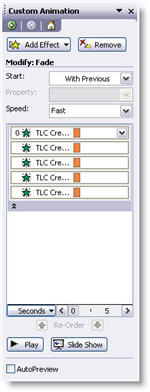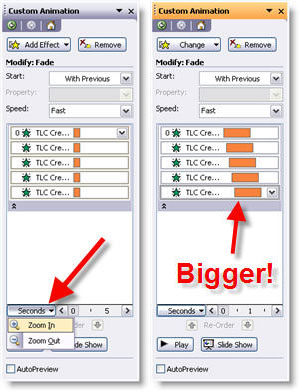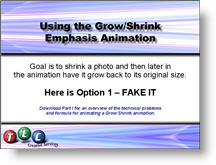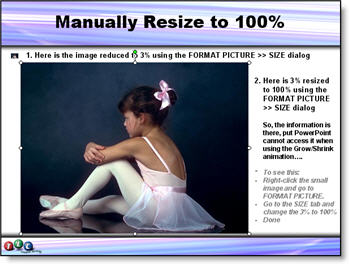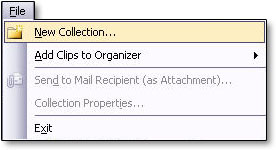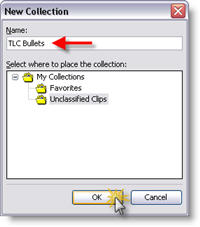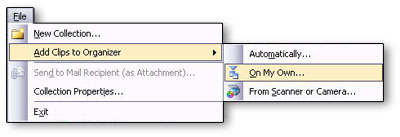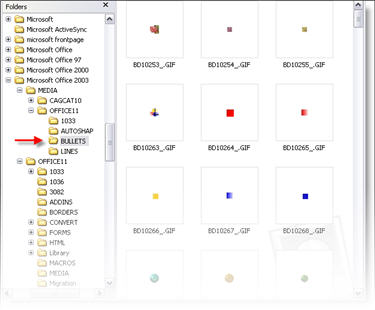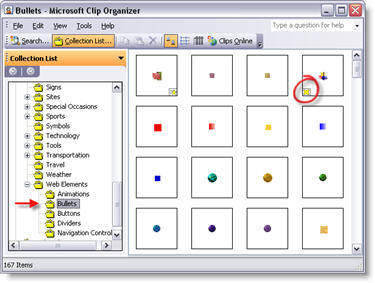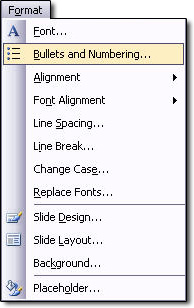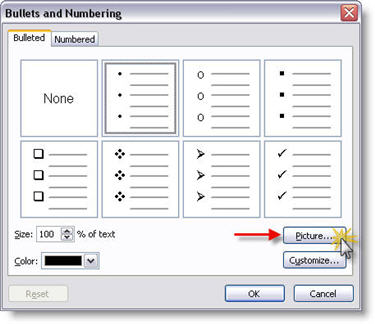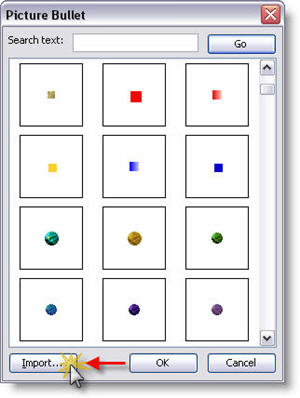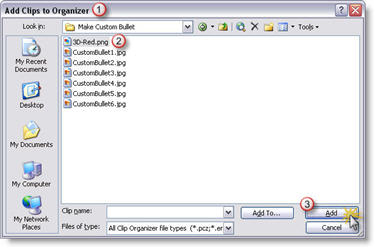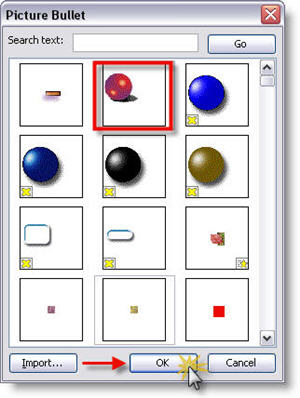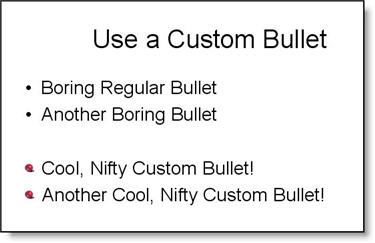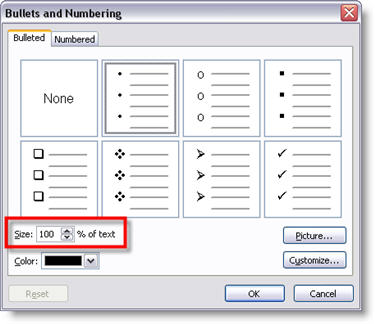Double-Click Launches WRONG Version of PPT
If you have multiple version of PowerPoint installed on your computer, you most likely just experienced this issue (or you are about to). The latest round of updates & patches for Office reset the registry entry for Office, so it reverts to Office 2000 (if installed). What this means is that the quick-launch, when you double click an icon, opens the document in Office 2000. Kind of frustrating, but here is the fairly quick and easy solution:
(1) Close PowerPoint.
(2) Go to START >> RUN >> BROWSE
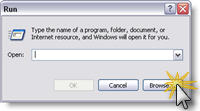
(3) Go to MY COMPUTER >> C: >> MY PROGRAMS and open the most current version of Office (the one you want quick launches to open)
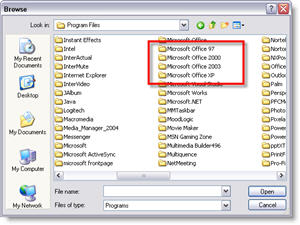
(4) Inside the Office Folder locate the PowerPoint .exe file (careful NOT to select the PowerPoint Viewer) and click okay.
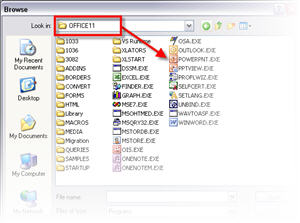
(5) The Run menu has automatically added the path to PowerPoint, at the end of this information (outside the quote mark) add /REGSERVER
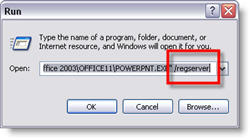
(6) You will get an INSTALL, then a CONFIGURE dialog. When it is done, you are back to the quick launch doing what you expect 🙂
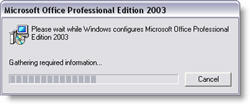
– Troy @ TLC

